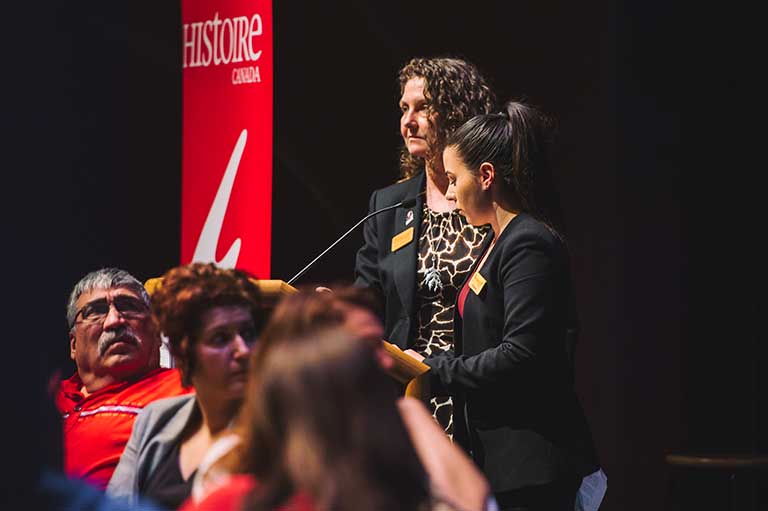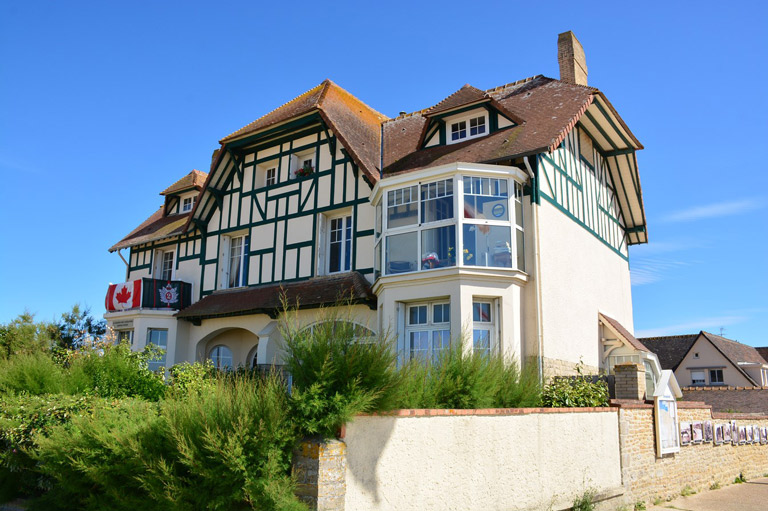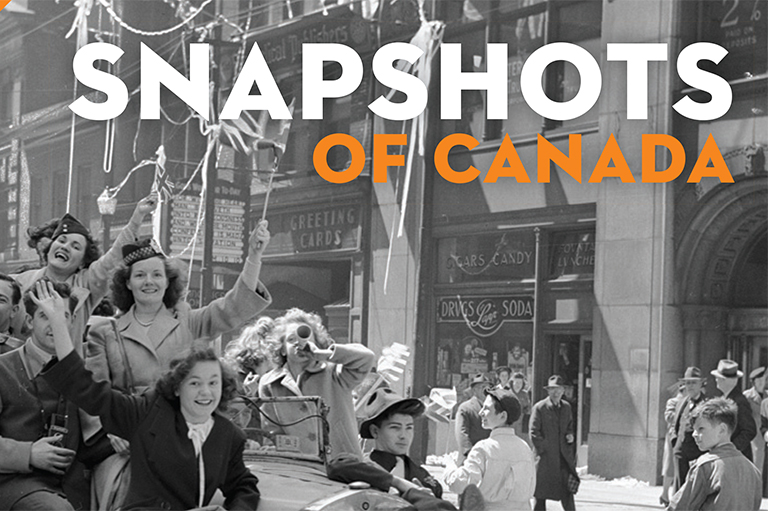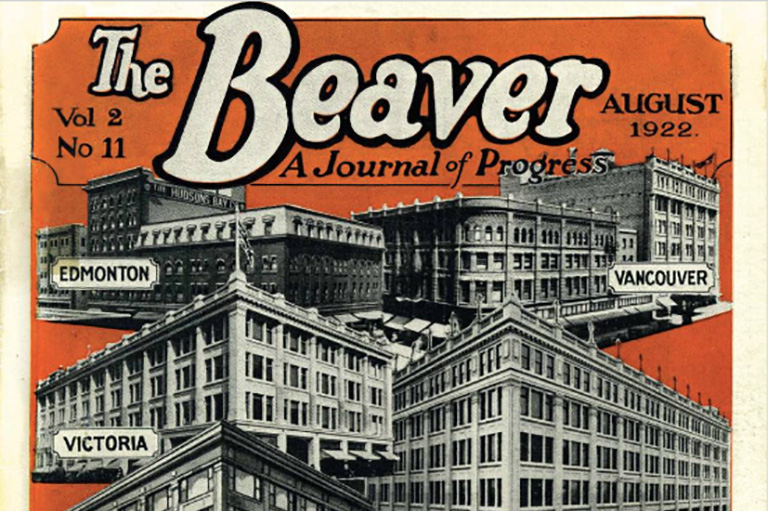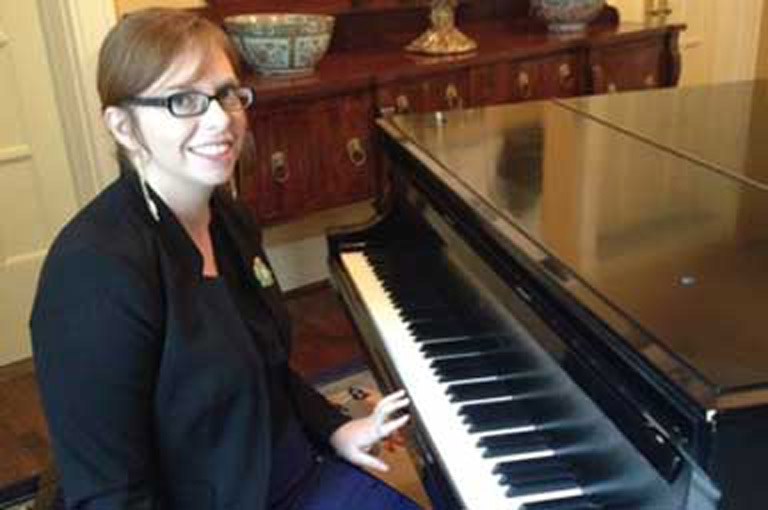Making History
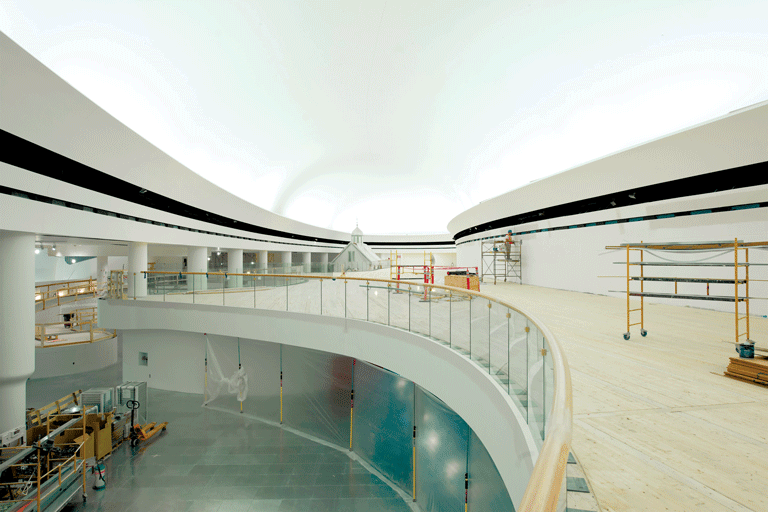
It has been nearly a year since the grand opening of the revamped Canadian History Hall at the Canadian Museum of History in Gatineau, Quebec. Canada’s History recently sat down with Mark O’Neil, the director and CEO of the museum, to talk about the hall’s creation, its reception, and its significance both today and into the future.
Canadian History Hall opened on July 1, 2017, during Canada’s sesquicentennial. The 3,700-square-metre exhibition space features three galleries that highlight eighteen chapters of Canadian history. The vision for the hall, O’Neil said, was to tell “as inclusively and comprehensively the entire history of Canada, Canadians, and the land that we share — from time immemorial to the present day.”
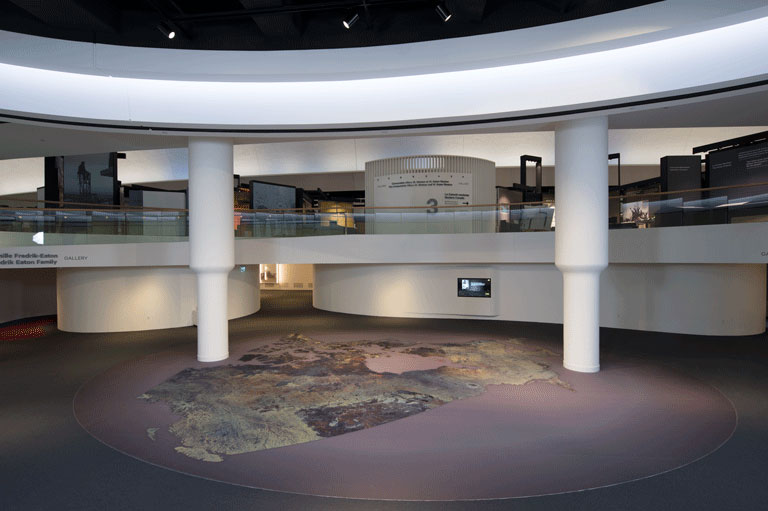
Douglas Cardinal, the architect who designed the Canadian Museum of Civilization that became the Canadian Museum of History, also designed the new history hall. Drawing inspiration from the Ottawa River, which flows past the museum, Cardinal’s design invites visitors to begin their journeys at the “Hub,” which he describes as “the Great Kettle” where, on the floor, a satellite image of Canada is displayed. A ramp leading to the hall’s second level is meant to represent the nearby Chaudière Falls, a spot considered sacred to Indigenous peoples of the Ottawa region.
The new hall replaced the Canada Hall, which was built in the 1970s. The former hall offered a very traditional and Eurocentric vision of Canadian history; it focused on patterns of settlement, from the first landfalls of Vikings in Vinland, to the arrival of the French and the British, to the colonization of the West. Indigenous stories were pushed to the margins of the exhibition.

The Canadian History Hall seeks to redress this oversight by beginning its journey in time immemorial with an Anishinaabe creation story as well as by acknowledging the traditional Algonquin territory on which the museum was built. “Canada has a rich, complex, and multi-layered history that must be understood through a variety of narratives andlenses,” explained O’Neil. He says including multiple voices and interpretations is crucial to understanding Canada’s shared past.
The museum engaged in extensive public consultations and collaborated with professional historians and other stakeholders as it worked to select the stories that would be highlighted in the hall. More than twenty-four thousand Canadians participated in online discussions, and in-person town hall meetings to help to create a vision for the hall.
O’Neil said some common messages emerged: “Integrate Indigenous history, be authentic, tell the truth, share Canadian history, warts and all, do not shy away from the controversies, [and] don’t talk just about the great men in history.”
This new hall invites visitors to cast a critical eye on the past — to ask questions, challenge materials and narratives, and engage in “important and frank discussions about their history.” O’Neil hopes visitors to Canadian History Hall will feel that “history is unfurling, history is all around you, and you are a part of it.” He also hopes that the hall will serve as a space for constructive and difficult conversations as it continues to evolve to meet the needs of Canadians.
Themes associated with this article
Advertisement
You might also like...

Canada’s History Archive, featuring The Beaver, is now available for your browsing and searching pleasure!

